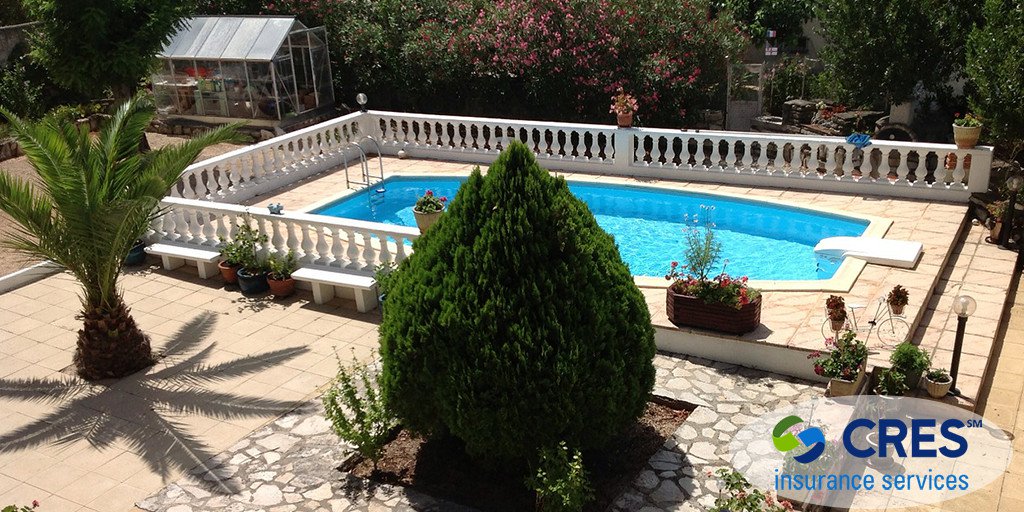The California Senate Bill 442 was passed, signed by the Governor, and codified as Business and Professions Code, Section 7195, effective January 1, 2018. This Statute provides standards for new residential swimming pools and spas, or any remodeling of an existing pool or spa. The new law requires at least two of the seven drowning prevention safety features established in the existing law (which required only one safety feature).
The Seven Drowning Prevention Features are:
- An enclosure that meets the requirements of Section 115923 and isolates the swimming pool or spa from the private single-family home.
- Removable mesh fencing that meets American Society for Testing and Materials, (ASTM), Specifications F2286 standards in conjunction with a gate that is self-closing and self-latching and can accommodate a key lockable device.
- An approved safety pool cover, as defined in subdivision (d) of Section 115921.
- Exit alarms on the private single-family home’s doors that provide direct access to the swimming pool or spa.
- A self-closing, self-latching device with a release mechanism placed no lower than 54 inches above the floor on the private single-family home’s doors providing direct access to the swimming pool or spa.
- An alarm that, when placed in a swimming pool or spa, will sound upon detection of accidental or unauthorized entrance into the water. The alarm shall meet and be independently certified to the ASTM Standard F2208, “Standard Safety Specification for Residential Pool Alarms.”
- Other types of protection, if the protection afforded is equal to or greater than that provided by any of the aforementioned safety features — and independently verified by an approved testing laboratory as meeting the standards established by the ASTM or the American Society of Mechanical Engineers (ASME).
The new law does not apply to any existing swimming pools or spas, and owners are not obligated to bring their old pools in compliance with the new standards. However, the remodeling of an existing pool or spa would require compliance with the new standards. Moreover, this new statute does not create any new disclosure obligation on the part of agents or single-family residential property owners.
However, it does require that home inspectors include within their inspection a noninvasive physical examination of the pool or spa to identify which of the seven drowning prevention safety features exist. Their finding must be included in their home inspection report. B&P Section 7195 prevents the issuance of a building permit unless and until the two of seven features are properly installed and identified. It also requires that before a city or county can issue a final approval for the completion of any construction or remodeling of a residential property that includes a pool or spa, the local building code official will need to inspect the drowning prevention safety features required under the new law.
What is a Licensee to Do?
First: If you provide a list of home inspectors to either the Seller or Buyer or both, do your due diligence on any you include.
Second: If the subject property has a pool or spa that is covered under the new law, get in writing that the home inspector is aware of B.& P, Code Section 7195 and has training in identifying which of the seven drowning prevention safety features exist. Remember, one safety feature is no longer enough— the law requires 2 of the seven safety features!
